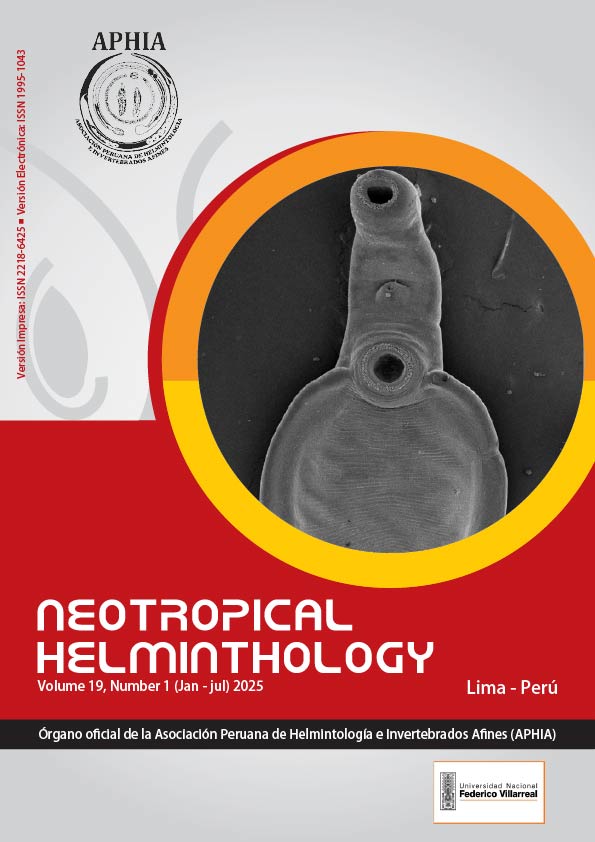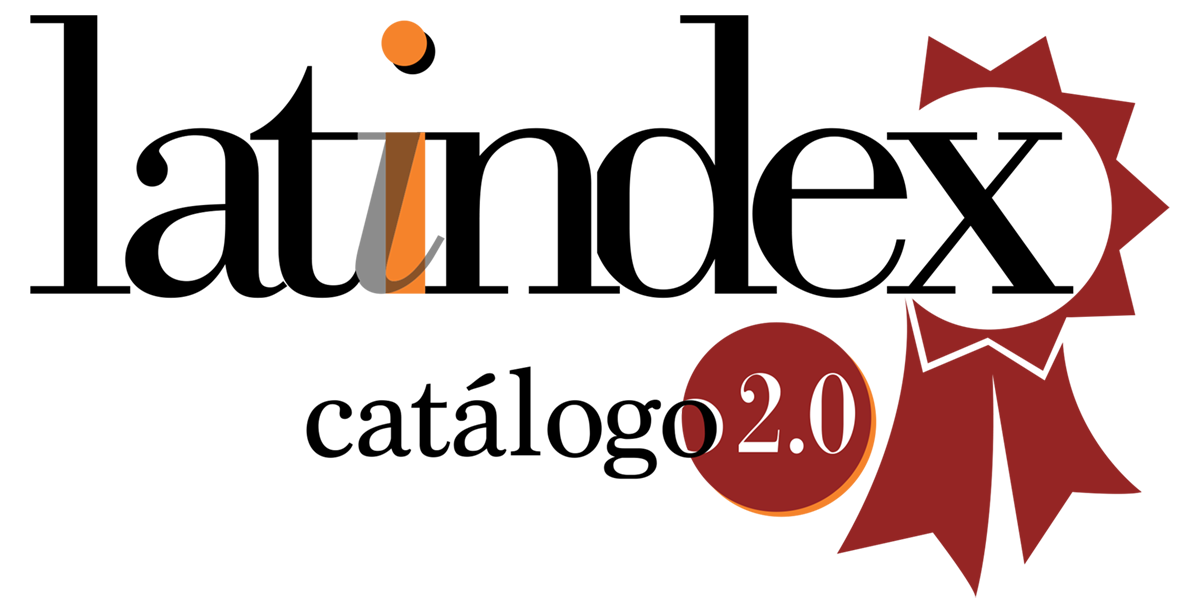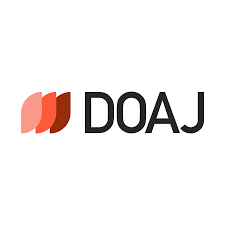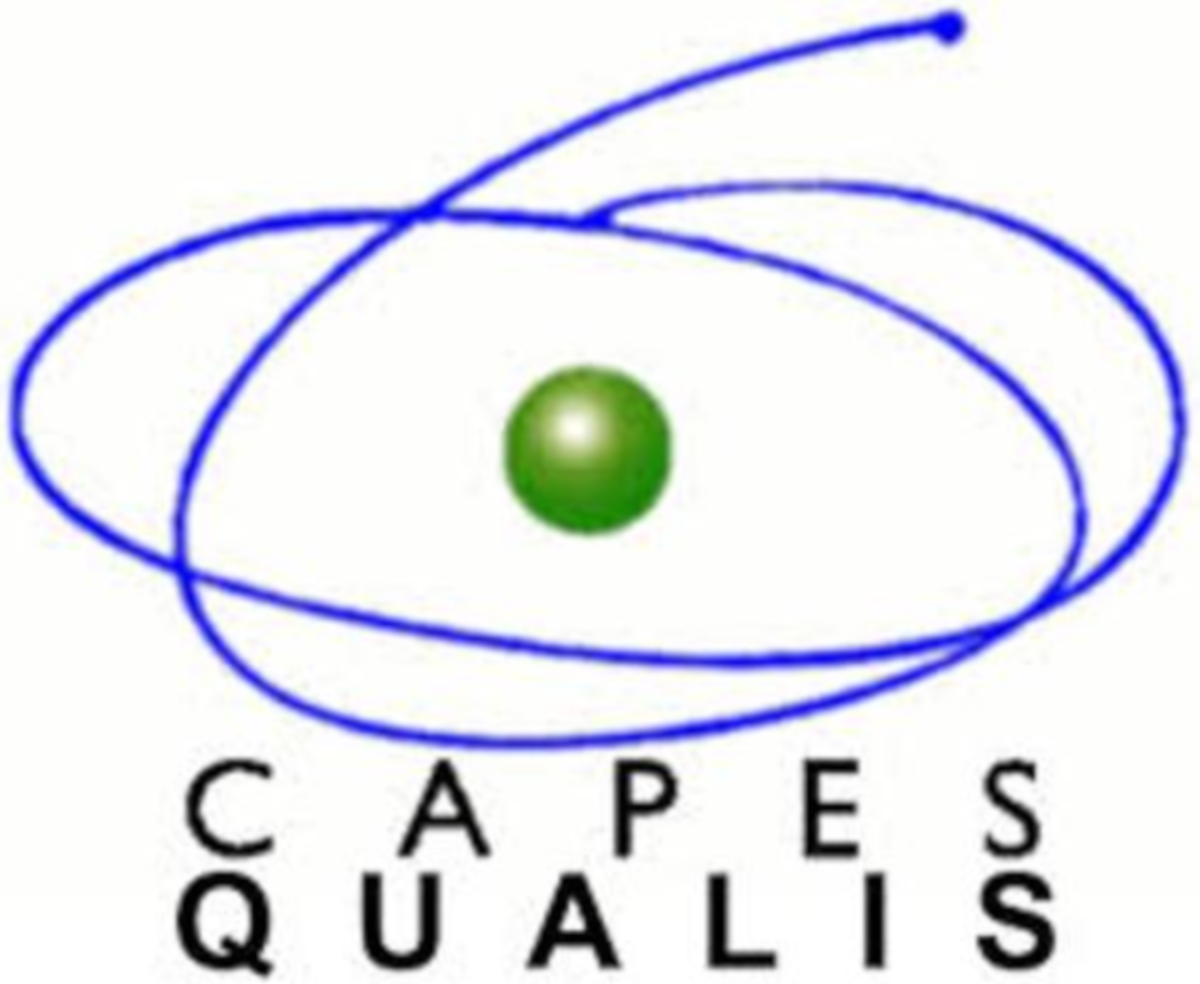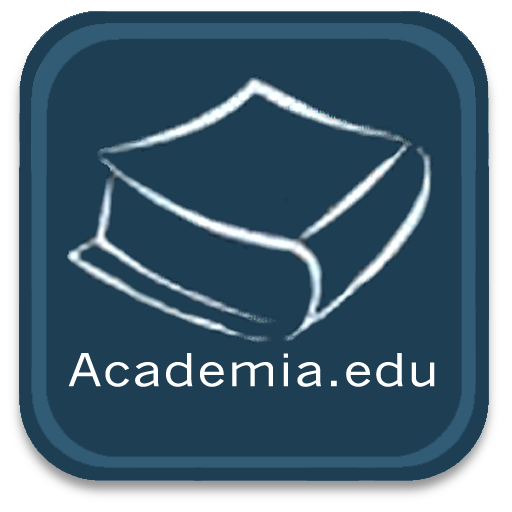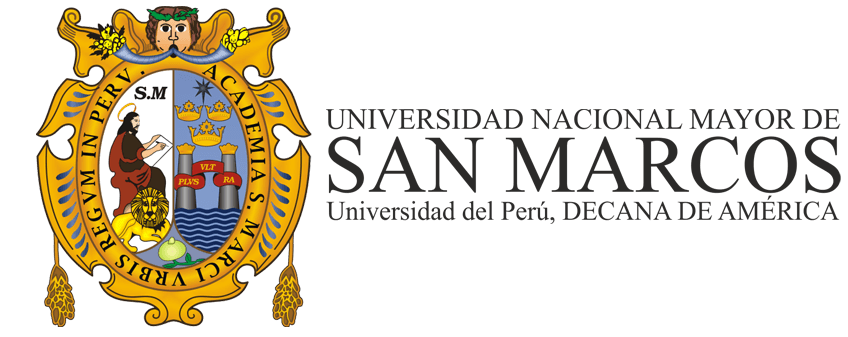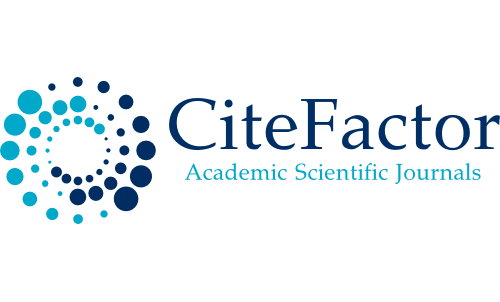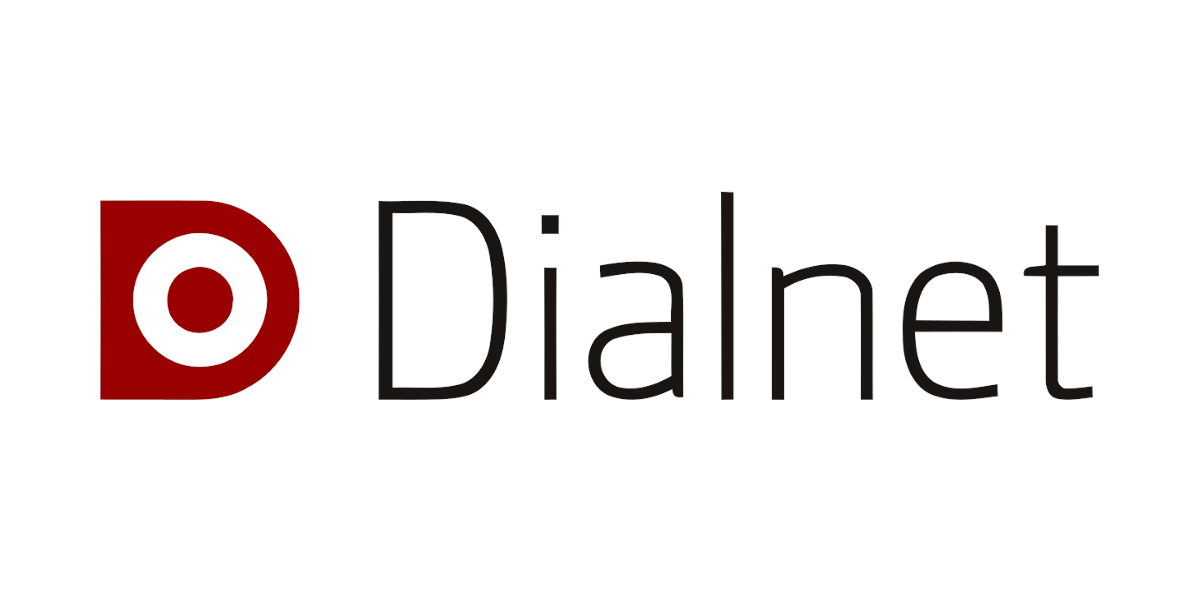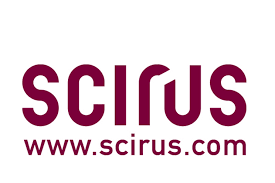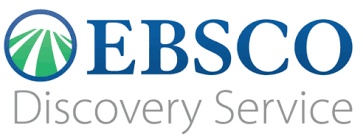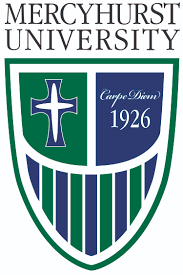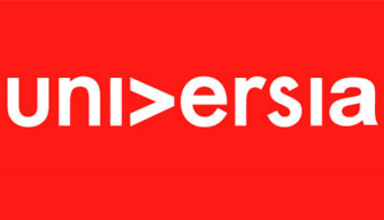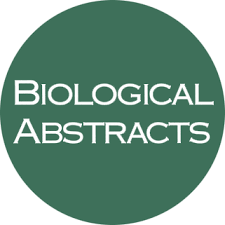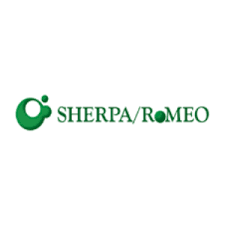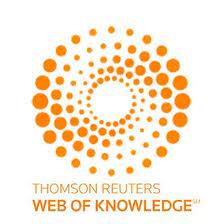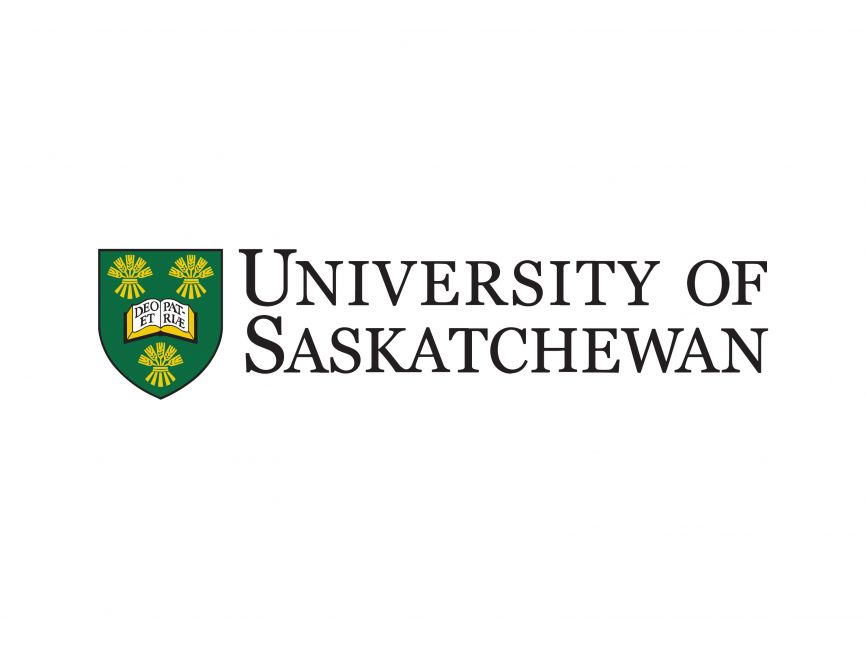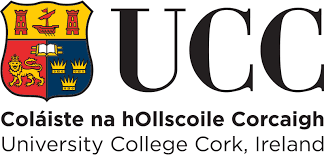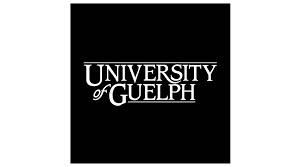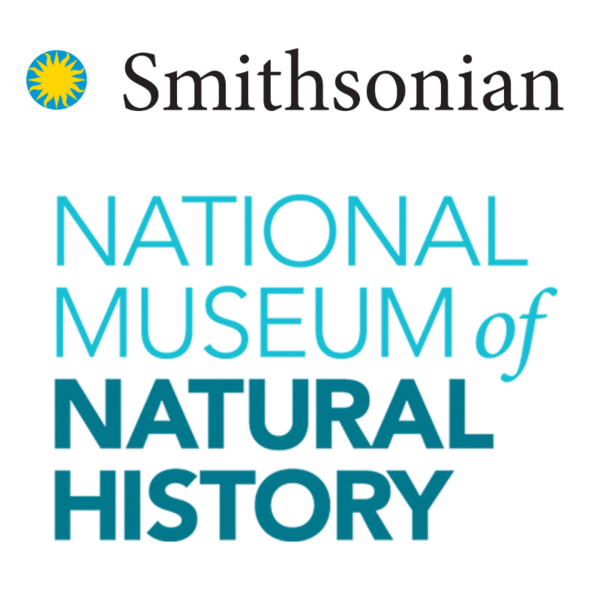Sentinel service technology in aquatic ecotoxicology through bioecotoximonitors
DOI:
https://doi.org/10.62429/rnh20251922011Keywords:
aquatic ecotoxicology, bioecotoximonitor, environmental monitoring, sentinel organism, technological serviceAbstract
Aquatic ecosystems are under continuous pressure from industrial, agricultural, and urban contaminants that form complex mixtures, making their evaluation highly challenging. Traditional chemical analyses perform an essential role but fail to accurately represent the real impact of these substances on biota. In this context, the bioecotoximonitor—defined as a fish with physiological and behavioral sensitivity to pollutants and associated with an indicator organism represents an innovation in aquatic ecotoxicology. The proposal focuses on a service-oriented technology that provides standardized environmental monitoring bioassays. This service includes breeding and maintenance protocols, exposure tests under laboratory or field conditions, recording of physiological and behavioral variables, and the issuance of reports with scientific and regulatory value. The main strength of the bioecotoximonitor lies in its ability to detect sublethal effects and behavioral alterations that precede ecological deterioration. Compared to conventional methods, it offers a comprehensive and sensitive perspective on the combined action of pollutants. Its technological foundation is supported by ecotoxicology, animal physiology, and behavioral biology, ensuring relevance and reproducibility. Thus, the bioecotoximonitor, as a sentinel organism, strengthens water management, ecotoxicological monitoring, and the integration of knowledge among academic, regulatory, and industrial sectors.
Downloads
Downloads
Published
How to Cite
Issue
Section
License

This work is licensed under a Creative Commons Attribution-NonCommercial-NoDerivatives 4.0 International License.
OBJETO: El AUTOR-CEDENTE transfiere de manera TOTAL Y SIN LIMITACIÓN alguna al CESIONARIO los derechos patrimoniales que le corresponden sobre la (s) obra(s) tituladas: xxxxxxxxxxxxxxxx, por el tiempo que establezca la ley internacional. En virtud de lo anterior, se entiende que el CESIONARIO adquiere el derecho de reproducción en todas sus modalidades, incluso para inclusión audiovisual; el derecho de transformación o adaptación, comunicación pública, traducción, distribución y, en general, cualquier tipo de explotación que de las obras se pueda realizar por cualquier medio conocido o por conocer en el territorio nacional o internacional.
REMUNERACIÓN: La cesión de los derechos patrimoniales de autor que mediante este contrato se hace será a título gratuito.
CONDICIONES Y LEGITIMIDAD DE LOS DERECHOS: El AUTOR-CEDENTE garantiza que es propietario integral de los derechos de explotación de la(s) obra(s) y en consecuencia garantiza que puede contratar y transferir los derechos aquí cedidos sin ningún tipo de limitación por no tener ningún tipo de gravamen, limitación o disposición. En todo caso, responderá por cualquier reclamo que en materia de derecho de autor se pueda presentar, exonerando de cualquier responsabilidad al CESIONARIO.
LICENCIA DE ACCESO ABIERTO: El AUTOR-CEDENTE autoriza que manuscrito publicado en La Revista Neotropical Helminthology permanece disponible para su consulta pública en el sitio web https://www.neotropicalhelminthology.com/ y en los diferentes sistemas de indexación y bases de datos en las que la revista tiene visibilidad, bajo la licencia Creative Commons, en la modalidad Reconocimiento-No comercial- Sin Trabajos derivados –aprobada en Perú, y por lo tanto son de acceso abierto. De ahí que los autores dan, sin derecho a retribución económica, a la Asociación Peruana de Helmintología e Invertebrados Afines (APHIA), los derechos de autor para la edición y reproducción a través de diferentes medios de difusión.

